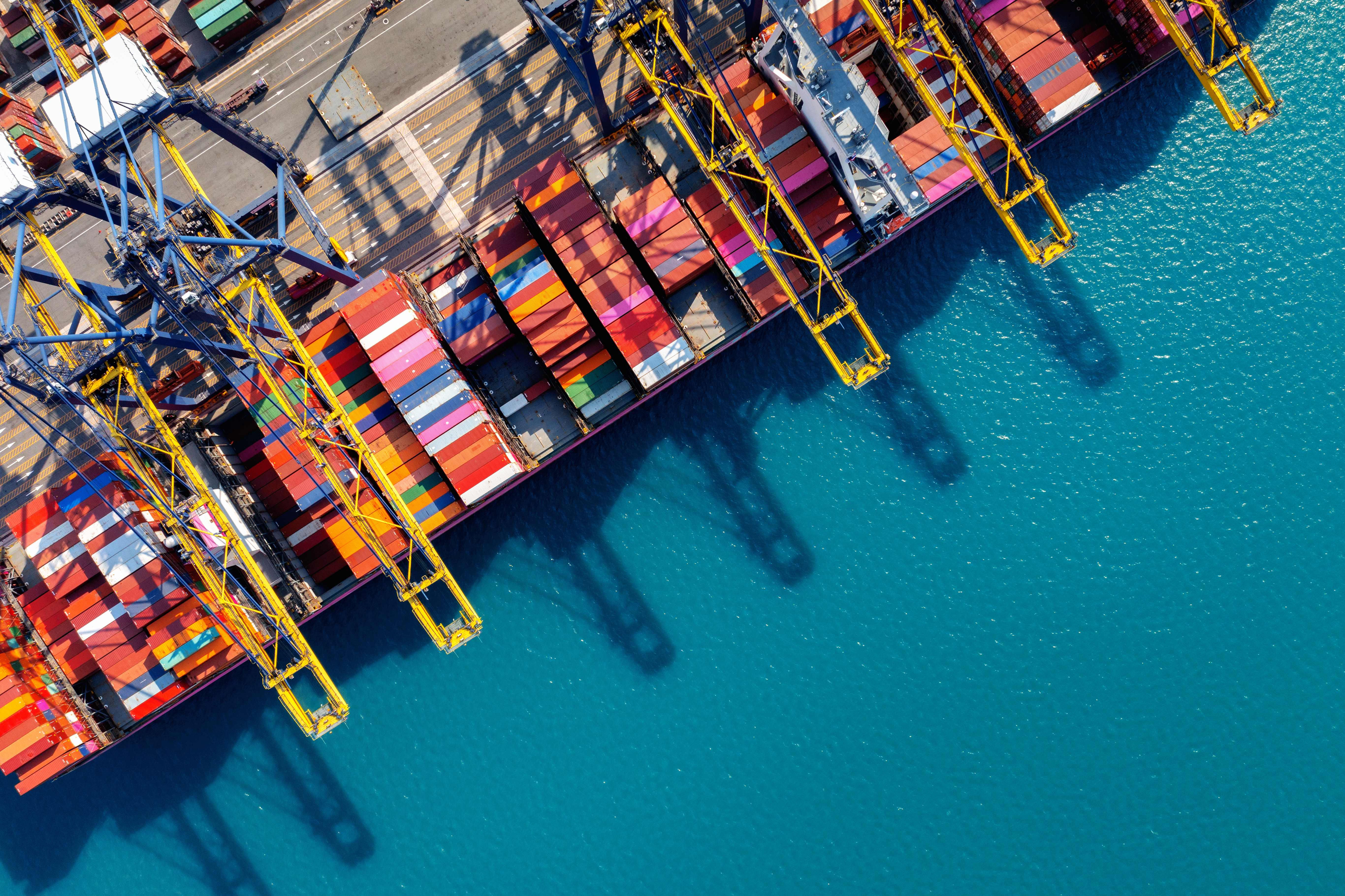
The possibility of new tariffs under the incoming administration has sparked widespread discussion, especially within the food and agriculture sectors that depend on global trade to create economic opportunities and keep shelves stocked year-round. The president has broad tariff authority, which the incoming president exercised extensively in his past term, imposing tariffs on various countries. However, many of the tariffs President-elect Trump threatened during his first term never materialized as trade partners negotiated concessions to avoid them—such as Mexico on immigration issues, Vietnam over currency manipulation, and NATO allies regarding defense spending.
Some tariffs were implemented, including those on Chinese exports, which remain in place today. Others, like the steel and aluminum tariffs imposed on Mexico and Canada, were resolved after the USMCA agreement in 2019. Additionally, tariffs on imports from the EU, UK, and Japan were later rolled back by the Biden administration and replaced with quotas based on historical volumes.
Recently, media speculation has now shifted to a potential 10% tariff on all global imports under the International Emergency Economic Powers Act (IEEPA)—an authority that has never been used by any president in this context. The future of tariffs under the incoming administration remains uncertain. This report examines potential impacts and the authorities available for imposing tariffs.
Impact on Organic Food and Agriculture
If tariffs are imposed, organic food and agriculture would face similar challenges as conventional sectors. Organic imports largely mirror conventional imports, including commodities such as coffee, olive oil, chocolate, sugar, and specialty crops like bananas and avocados—most of which are not produced domestically in sufficient quantities year-round.
However, organic also differs in certain areas. For example, organic beef is the top import by value due to the underdeveloped U.S. organic beef sector. Exporters from Australia and Uruguay currently fill much of this demand. Also, while the U.S. is a net exporter of conventional soy, about 80% of organic soy—mainly used for animal feed—is imported. While not to the same degree, organic corn and wheat are also imported in significant quantities, unlike their conventional counterparts where the US is a net exporter.
Higher tariffs would likely lead to increased shelf prices for organic products, which already carry a premium due to costlier raw materials. This could place additional pressure on manufacturers, brands, and retailers to manage costs and potentially dampen consumer demand if prices inflate.
There are two key areas where the organic market may fare better than conventional markets. The U.S. organic market is less reliant on exports than its conventional counterparts. The U.S. is the world’s largest organic consumption market and imports more organic products than it exports. U.S. organic exports total approximately $3.2 billion out of a $69.7 billion market—just 5% of total value. By contrast, conventional producers are more export-dependent and vulnerable to retaliatory tariffs from trade partners. Also, this creates domestic opportunities for specific sectors. Domestic farmers producing organic soy, wheat, and corn (or those looking to transition) could benefit from increased prices and demand as imports become costlier, without facing the same export-related losses as conventional growers. However, higher prices for finished goods may dampen consumer demand, which could offset some of these benefits.
Tariff Authorities and Their Implications
If tariffs are implemented, several authorities could be invoked:
International Emergency Economic Powers Act (IEEPA)
- Allows the President to regulate international commerce during national emergencies.
- Though never used for tariffs, its precursor was invoked by President Nixon to impose a 10% tariff on all imports. This has been cited in media reports as the potential basis for new global tariffs.
- This would likely face significant legal challenges.
National Security Tariffs (Section 232 of the Trade Expansion Act)
- Permits tariffs if imports threaten national security, pending a Department of Commerce investigation.
- Used by the Trump administration for steel and aluminum tariffs, justified by military and infrastructure needs. This could be invoked for the threatened 25% tariffs on Mexican and Canadian goods linked to fentanyl concerns.
- Legally upheld for their usage during Trump's first term.
Unfair Trade Practices Tariffs (Section 301 of the Trade Act of 1974)
- Authorizes tariffs or sanctions against countries engaging in unfair trade practices, following a USTR investigation.
- Used during Trump’s first term to impose tariffs on Chinese imports, sparking a trade war with retaliatory tariffs.
- Subject to ongoing legal challenges but upheld by the U.S. Court of International Trade.
Balance of Payments Tariffs Section (122 of the Trade Act of 1974)
- Permits temporary import surcharges to address balance of payments issues, lasting up to 150 days unless extended by Congress.
- Can be broadly applied immediately.
Section 338 of the Tariff Act of 1930
- Empowers the president to retaliate against discriminatory foreign trade practices.
- Aimed at countries imposing unreasonable trade barriers against U.S. goods.
- Less commonly invoked but relevant during trade disputes involving targeted restrictions.
Keeping you informed and advocating for your interests.
The Organic Trade Association will continue to monitor the evolving trade situation and advocate for policies that support the growth of the organic market, benefiting producers, manufacturers, brands, and consumers alike. Staying informed about the potential use of tariff authorities is crucial as trade policies take shape under the incoming administration.
